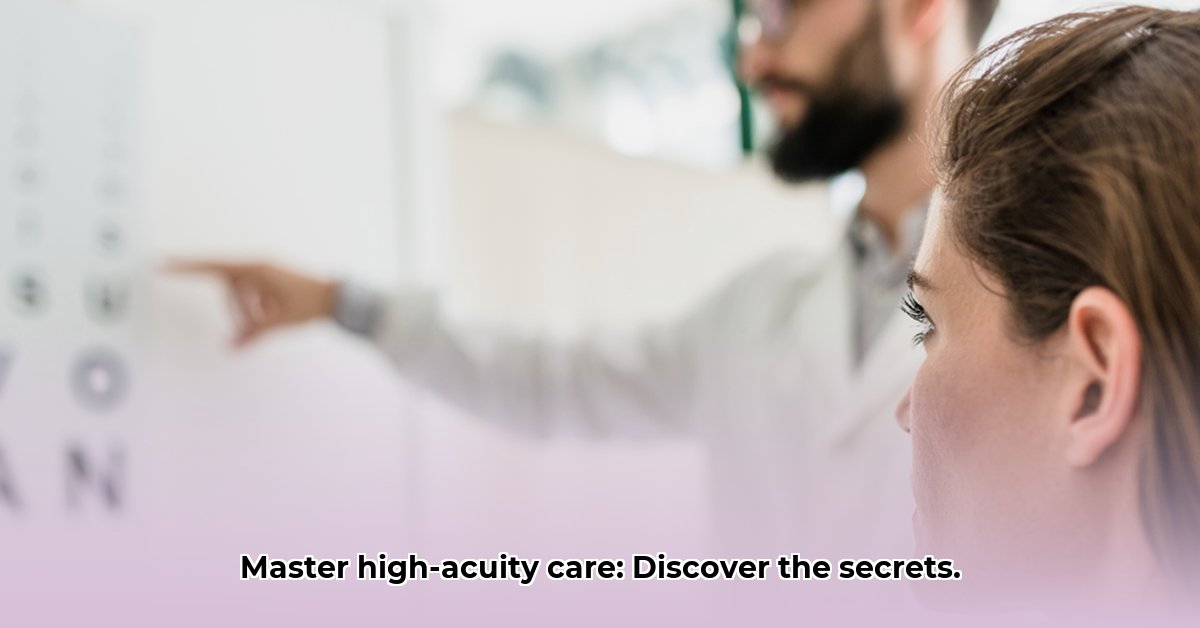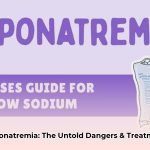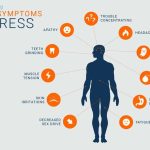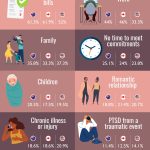Ever wonder what it means when a doctor says a patient is “high acuity”? It basically means they’re really sick or their condition is very serious and needs urgent attention. This isn’t just about the illness itself, but also how much care they need. For more on managing complex conditions, see this helpful resource on hepatic encephalopathy. This article breaks down what exactly “high acuity” means, why it’s such a big deal in hospitals and clinics, and what healthcare professionals do to manage these complex cases. We’ll explore the challenges of figuring out how sick someone really is and offer practical tips on how to provide the best possible care for seriously ill patients. It’s a guide for anyone—from doctors and nurses to family members—who wants a better understanding of serious illnesses and how to manage them.
High Acuity Definition: A Crucial Concept in Healthcare
What does “high acuity” mean in healthcare settings? Simply put, it refers to how serious a patient’s illness, injury, or mental health condition is and what level of medical care that is needed. It determines the level of care they need – think of it as a scale, with high acuity meaning a very serious condition that needs immediate, specialized attention. It’s about how urgently someone needs help, the complexity of their condition, and the intensity of the medical intervention required, often involving specialized equipment and a dedicated team.
Understanding the Acuity Spectrum: From Routine Care to Intensive Intervention
High acuity often indicates a patient requiring advanced life support, continuous and invasive monitoring, and a coordinated team of specialists. Examples include patients in the Intensive Care Unit (ICU) or those experiencing a stroke or severe trauma. On the other end of the spectrum, low acuity might mean someone can be managed with less intense care, perhaps through a routine check-up, a scheduled outpatient visit, or telehealth appointment. There’s a wide range in between, and accurately placing patients on this spectrum is key to efficient healthcare delivery and optimal patient outcomes.
For example, someone with a simple cold and no complicating factors is low acuity. Conversely, someone actively experiencing a heart attack, massive trauma, or acute respiratory failure is clearly high acuity. However, it’s not always that straightforward. Think of patients with chronic conditions such as congestive heart failure (CHF) or chronic obstructive pulmonary disease (COPD), where acuity can fluctuate dramatically based on disease exacerbations, infections, or other factors. A patient with stable CHF might be considered low or moderate acuity, but a sudden episode of pulmonary edema (fluid in the lungs) would immediately elevate them to high acuity, requiring immediate intervention. Similarly, a patient with a mental health condition like bipolar disorder may have periods of stability (low acuity) interspersed with acute manic or depressive episodes (high acuity).
Why Accurate Assessment Matters: Getting the Level of Care Right
Getting the acuity level right is vital for several reasons. First and foremost, it ensures patients receive the right care, at the right time, and in the most appropriate setting, helping avoid medical errors and significantly improve patient outcomes. Underestimating acuity can lead to delayed treatment and potentially life-threatening complications, while overestimating acuity can result in unnecessary interventions and inefficient use of resources.
However, it’s often tricky! People’s conditions can change rapidly, sometimes within minutes. Many factors influence how sick someone is – not just the readily observable physical symptoms, but also their underlying mental state, their complete health history (including pre-existing conditions and medications), their age, functional status, and even their socio-economic situation. Imagine someone who seems physically stable but is experiencing a serious mental health crisis such as suicidal ideation or a psychotic episode; their acuity level could be surprisingly high, and overlooking the mental health component could have devastating consequences. Is our current healthcare system adequately equipped to manage this wide array of variables, especially in resource-constrained environments? This complexity makes accurate and continuous acuity assessment a constant challenge.
The Challenges of Determining Acuity: Why it Isn’t Always Easy
Several things make accurately determining acuity challenging.
First, there’s often a lack of universally standardized and validated methods, especially when assessing the interplay between physical and mental health, or when dealing with patients who have complex, multi-morbid conditions. What one physician considers high acuity might be triaged differently by another, leading to inconsistencies in care.
Second, the very definition of “high acuity” can vary substantially between different healthcare settings – a large academic hospital, a rural emergency room, a community clinic, or even a patient’s home healthcare setting. Available resources, staffing levels, and the scope of services offered will influence how a patient’s acuity is perceived and managed. A patient who would be considered high acuity in a small clinic might be routine in a specialized hospital.
Third, and perhaps most importantly, effectively integrating physical and mental health factors into a cohesive acuity assessment framework is enormously complex. A seemingly minor physical complaint (e.g., fatigue, insomnia, vague pain) might be the first sign of a serious underlying mental health problem such as depression or anxiety, or vice versa. Masking or overlapping symptoms can make it exceptionally difficult to determine the true level of urgency and the appropriate course of action.
Finally, a patient’s clinical situation can change with startling rapidity, demanding swift adaptation of treatment plans and resource allocation. A patient who initially appears stable can decompensate quickly, requiring escalation of care and immediate intervention. Could better integration of point-of-care diagnostics and advanced monitoring technologies play a key role in improving these rapid adaptions in treatment?
Improving Acuity Assessments: Steps Toward Better Care
So, how can we improve the process of acuity assessment and ensure that patients receive the right level of care in a timely and effective manner? Here are some key steps that many experts suggest:
-
Standardize Assessment Methods: Strive to create clear, evidence-based guidelines and protocols for evaluating acuity across different healthcare settings and disciplines. Ensure everyone is using the same standardized definitions for high, moderate, and low acuity so that all members of the healthcare team are on the same page. Regularly assess inter-rater reliability (consistency between different assessors performing the same evaluation) to minimize variability and ensure consistent application of the criteria.
-
Develop and Implement More Comprehensive Assessment Tools: Develop tools that comprehensively integrate both physical and mental health considerations, giving a more holistic and complete picture of the patient’s overall condition. This holistic approach is crucial for achieving accurate and nuanced assessments that capture the full spectrum of patient needs. For example, incorporating standardized screening tools for depression, anxiety, substance abuse, and cognitive impairment into routine physical health assessments can help identify underlying mental health issues that might otherwise be missed.
-
Harness the Power of Technology: Leverage predictive modeling and real-time monitoring systems to help anticipate patient needs, detect early warning signs of deterioration, and make timely adjustments to care plans as needed. This proactive approach is vital, particularly in high-acuity situations where early intervention can significantly improve outcomes. For example, wearable sensors and remote monitoring devices can track vital signs, activity levels, and sleep patterns, providing valuable data for clinicians to identify subtle changes that might indicate a worsening condition.
-
Enhance Communication and Collaboration Between Healthcare Providers: Foster a culture of open communication and seamless collaboration among all members of the healthcare team. Ensure that everyone involved in a patient’s care has access to the most up-to-date information and can communicate effectively with each other. Efficient and timely information sharing helps avoid delays, prevent medical errors, and ensure that treatment decisions are coordinated and aligned with the patient’s overall goals. How can this be facilitated effectively when physicians, nurses, and other healthcare professionals are already facing heavy workloads and significant time pressures?
Technology’s Role: A Double-Edged Sword
Technology plays an increasingly important role in managing patients, particularly those with high acuity. Electronic health records (EHRs) (digital versions of a patient’s chart) can significantly improve communication, allowing for faster and more efficient information sharing among healthcare providers. Telemedicine (remote healthcare delivered via technology) offers opportunities for remote monitoring, virtual consultations, and early interventions, potentially improving access to care and reducing the need for hospitalizations.
However, we also need to be acutely aware of the potential drawbacks and unintended consequences of relying too heavily on technology. Unequal access to technology (the “digital divide”) and the risk of misdiagnosis due to technical glitches or inadequate training are significant concerns that must be addressed proactively. How do we ensure that technology serves to improve, rather than worsen, the patient experience and exacerbate existing health inequities? It is crucial to prioritize user-centered design, provide comprehensive training to healthcare professionals, and ensure that technology is used as a tool to augment, not replace, human interaction and clinical judgment.
Resource Allocation: Making the Most of Limited Resources
Accurate acuity assessment has a direct and profound impact on how healthcare resources are allocated. High-acuity patients, by definition, require a greater allocation of resources, including more intensive nursing care, specialized equipment, and access to a wider range of specialists. Conversely, those with lower acuity can typically be managed with less intensive care, freeing up resources to be directed where they are most needed. Precise and reliable acuity assessments allow for more efficient and equitable resource management, leading to improved patient outcomes, reduced healthcare costs, and a more sustainable healthcare system. Is there a clearly defined ethical framework that should guide our resource allocation decisions in the context of high-acuity medical care, particularly when resources are scarce?
The Ongoing Evolution of Acuity Assessment: A Continuous Process
Defining and managing patient acuity is not a static exercise but rather an ongoing and iterative process that requires continuous refinement and adaptation. We are constantly learning and refining our understanding of disease processes, developing new diagnostic tools, and improving our treatment protocols. Ongoing research is essential to continuously improve our tools, refine our
- How To Balance Coaching And Personal Life For Well-Being - January 6, 2026
- Work Life Balance Coach Transforms Stress into Sustainable Well-being - January 5, 2026
- Work-Life Balance Solutions: Strategies for Achieving Personal and Professional - January 4, 2026
















